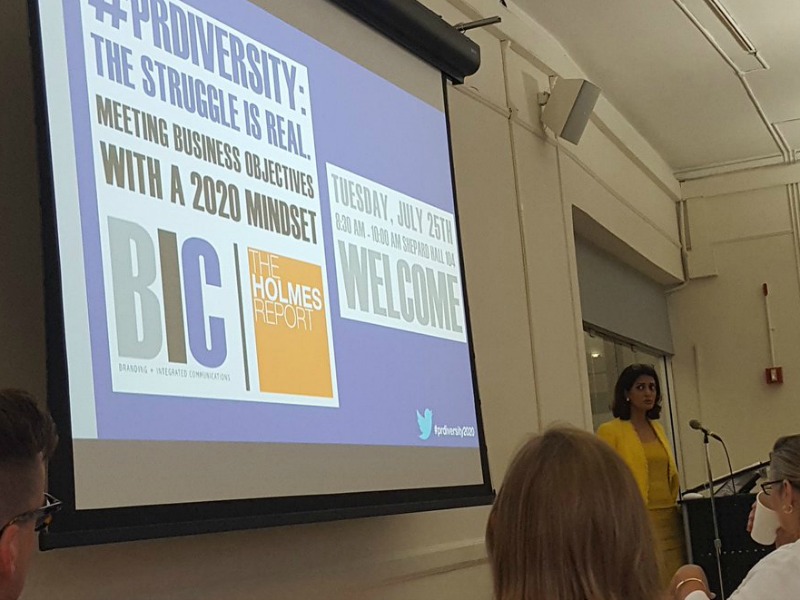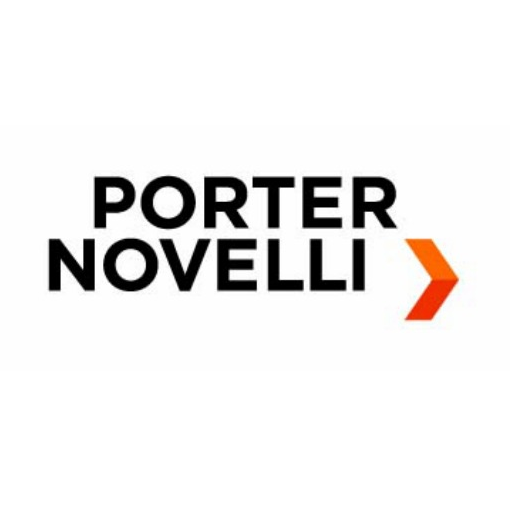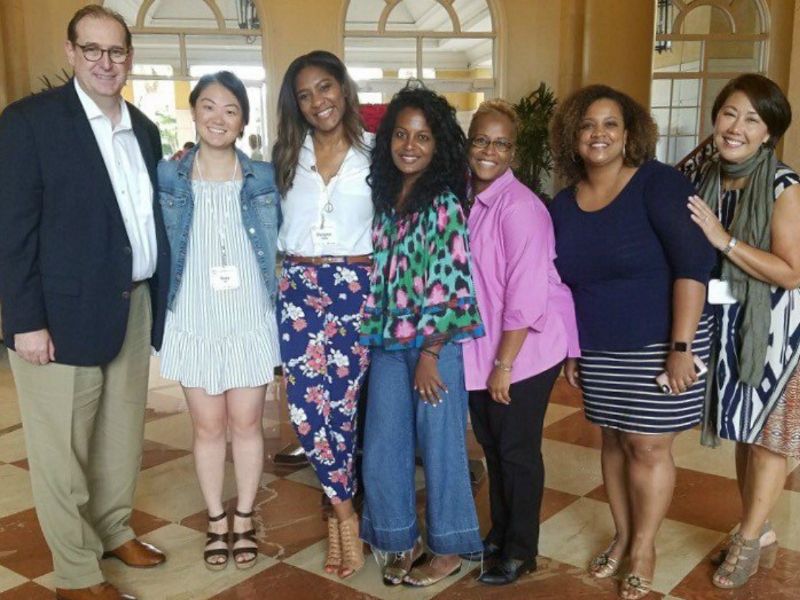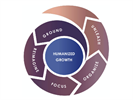Jade Eckardt 26 Jul 2017 // 1:07PM GMT

NEW YORK — PR agency CEOs need to spearhead change in the workplace by playing a critical role in driving diversity and inclusion (D&I) in the industry, according to new research conducted by the City College of New York's Branding and Integrated Communications (BIC) Program, in conjunction with the Holmes Report.
The research study, which is available here, was conducted by City College associate professor Angela Chitkara, who interviewed 16 CEOs and two former CEOs of major PR firms, including such leaders as Richard Edelman, Andy Polansky, John Saunders and Rob Flaherty.
Related: 'If You Don’t Have Inclusion, People Run Away': PR CEOs Face Up To Diversity Challenge
The findings were presented yesterday at a panel at City College. In particular, Chitkara focused on CEO's views on the need for D&I; their levels of involvement with the issue; potential obstacles to D&I objectives; their approaches to D&I and the practices they've adopted to advance D&I goals.
"There is widespread agreement about the need for greater diversity and inclusion in the industry," writes Chitkara in the report. "Attracting more people of color to the entry and senior level ranks is a priority followed by gender, particularly including more women in the senior ranks. Most are in agreement that diversity and inclusion is a business imperative tied to meeting client expectations for more diversity on their accounts in order to reflect the changing demographics of their multicultural market and to fuel creativity and diversity of thought in their campaigns.
"Beyond that, there are differences in the way CEOs define diversity and inclusion, their levels of personal involvement, and their approaches to the problem," continues Chitkara. "Most do not appear to regard it a top priority, with few sharing any metrics they may have put in place."
The drive to increase D&I in the PR industry comes as a result of an industry that has long been led by a homogenous demographic set. 70% of those employed in the public relations industry are women, while only 30% of agency C-suite executives are female. The Bureau of Labor Statistics cites a similar statistic and reports the ethnic makeup of the PR industry as 10.3% African American, 5.4% Asian-American and 3.3% Hispanic-American. The Holmes Report has commissioned research that shows a significant pay gap — and engagement gap— for women and people of color within the industry that will be released in August.
Questions over hiring reflect the challenges in play. "Their thinking about hiring is far from uniform," writes Chitkara. "Some go so far as to say that they do give preferences to underrepresented groups. Some say that they would find this risky to do for more senior positions. Some acknowledge that numerical goals are a baseline; others find numerical goals to be unhelpful; and others find them insufficient to ensuring an inclusive environment."
Speaking at yesterday's panel, Porter-Novelli CEO Brad MacAfee said several key elements stand out to him when it comes to improving diversity, including a fundamental change in philosophy throughout the organization. He added that changes at the senior level are important, adding, "I believe it starts with me as the CEO." Other elements include changing the language regarding diversity to make it more frequent, along with having the courage to make mistakes.
"You need an honest coach, someone who can tell you the things you don't want to hear," MacAfee said.
Chitkara found that some of CEOs have invested in programs to promote D&I when hiring new talent. More than half of the firms surveyed have made efforts to support retention with implicit bias training within firms. However, as Judith Harrison, SVP of diversity and inclusion at Weber Shandwick, noted — unconscious bias training needs to be customized to individual agents to make it effective and "take it to the next level."
Although CEOs agreed on the need for diversity within the PR industry, Chitkara's work reveals plenty of differences between the definitions of workplace diversity. While some CEOs focus more on ethnicity or gender, others focus on socioeconomic backgrounds.
Harrison said that she is surprised that in today's industry there is still confusion about the definition of diversity. "Diversity means the attributes that make us who we are, attributes that make us look at the world how we do and how we interact," she said. "To get real we need racial diversity, clearly there is room for improvement."
Harrison's perspective is one other PR pros share. Heidi Hovland, CEO DeVries Global said, "Gender diversity, I would say, is a much bigger problem in other places. Racial diversity is our biggest problem and is the hardest nut to crack."
Other key findings include four respondents who reportedly dedicate just 5% of their time to D&I, although two of those four have dedicated D&I or HR staff focused on D&I initiatives. Over half of the respondents did not answer the question directly or did not assign a percentage of time. The maximum amount of reported CEO time taken up by D&I issues was 20%.
Chitkara's research found that CEOs agree that the PR industry has "some distance to travel before achieving full diversity and inclusion." Harrison advised CEOs to "Make sure you're listening to the diverse people, not just bringing them in the door."
Chitkara and her team concluded that several key areas must be addressed to ensure workplace diversity. These includes a clear definition of diversity and inclusion; collection of metrics; agency disclosure of metrics; and client and industry pressure to work towards diversity within the industry.
In an effort to drive D&I, Chitkara's team has aligned benchmark goals for the working group. Chitkara said that overall, there needs to be more collaboration in the effort. Meanwhile, a new working group will aim to establish metrics in the industry, share best business practices from the client side, and drill down to why people who represent diversity are leaving the industry.
"When you bring differences together, you can actually come up with something that's breakthrough," said MacAfee.
The full research study, including CEO interviews, can be downloaded here.
Related: 'If You Don’t Have Inclusion, People Run Away': PR CEOs Face Up To Diversity Challenge


































.jpg)




















